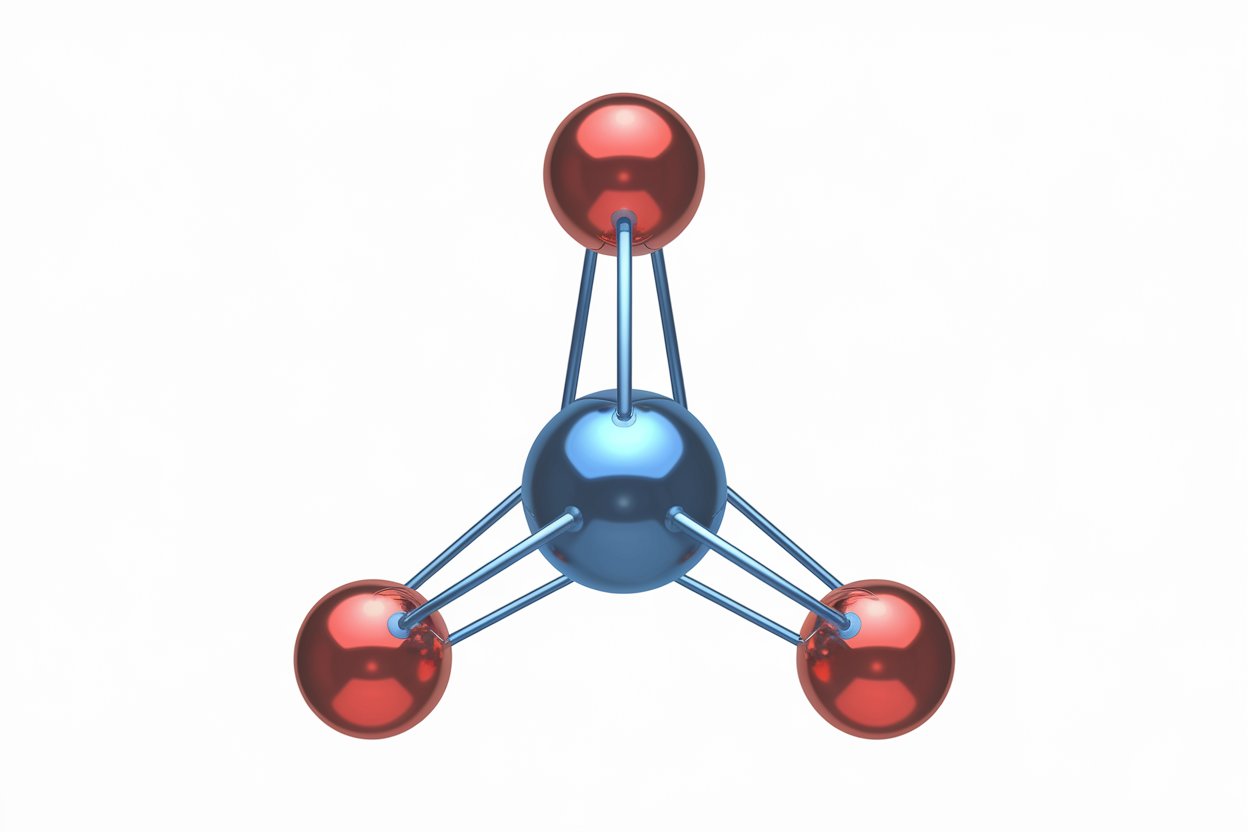
Indium(III) chloride might sound like a mouthful, but it's a fascinating compound with many uses. Ever wondered what makes this chemical so special? Indium(III) chloride is a white, crystalline powder that dissolves easily in water. It's used in a variety of fields, from electronics to medicine. This compound plays a crucial role in the production of semiconductors, which power our gadgets. It's also used in organic synthesis, helping chemists create new molecules. But that's not all! Indium(III) chloride has applications in catalysis, making chemical reactions faster and more efficient. Ready to learn more? Let's dive into 30 intriguing facts about this versatile compound!
Key Takeaways:
- Indium(III) chloride, a white solid, is used in electronics, semiconductors, and catalysts. It's important to handle it with care due to its toxicity and environmental impact.
- Discovered in 1863, indium(III) chloride has historical significance and continues to be researched. Its environmental impact and proper disposal are important considerations.
What is Indium(III) Chloride?
Indium(III) chloride, also known as indium trichloride, is a chemical compound with the formula InCl3. It is a white, water-soluble solid used in various industrial and research applications. Here are some fascinating facts about this compound.
-
Chemical Formula: The chemical formula for indium(III) chloride is InCl3.
-
Appearance: It appears as a white or slightly yellow crystalline solid.
-
Solubility: Indium(III) chloride is highly soluble in water.
-
Molecular Weight: The molecular weight of InCl3 is approximately 221.18 g/mol.
-
Melting Point: It has a melting point of around 586°C (1087°F).
Uses of Indium(III) Chloride
Indium(III) chloride has a variety of applications in different fields. Let's explore some of its uses.
-
Catalyst: It is often used as a catalyst in organic synthesis.
-
Semiconductors: Indium(III) chloride is used in the production of semiconductors.
-
Electronics: It plays a role in the manufacturing of electronic components.
-
Glass Coatings: Used in the production of special glass coatings.
-
Nanotechnology: It is utilized in the synthesis of indium-based nanoparticles.
Chemical Properties of Indium(III) Chloride
Understanding the chemical properties of indium(III) chloride can provide insights into its behavior and reactivity.
-
Hygroscopic: Indium(III) chloride is hygroscopic, meaning it readily absorbs moisture from the air.
-
Lewis Acid: It acts as a Lewis acid in chemical reactions.
-
Hydrolysis: InCl3 undergoes hydrolysis when dissolved in water, forming indium hydroxide and hydrochloric acid.
-
Reactivity with Metals: It reacts with metals like aluminum and zinc to form indium metal.
-
Complex Formation: Indium(III) chloride can form complexes with various ligands.
Safety and Handling
Safety is paramount when dealing with chemicals. Here are some important safety facts about indium(III) chloride.
-
Toxicity: Indium(III) chloride is toxic if ingested or inhaled.
-
Irritant: It can cause skin and eye irritation upon contact.
-
Protective Gear: Always use appropriate protective gear, such as gloves and goggles, when handling InCl3.
-
Storage: Store in a cool, dry place away from moisture and incompatible substances.
-
Disposal: Dispose of indium(III) chloride according to local environmental regulations.
Historical Context
The history of indium(III) chloride is quite interesting. Here are some historical facts.
-
Discovery: Indium was discovered in 1863 by Ferdinand Reich and Hieronymous Theodor Richter.
-
First Isolation: Indium(III) chloride was one of the first compounds isolated from indium.
-
Early Uses: Initially, it was used in the production of low-melting alloys.
-
Industrialization: Its use expanded with the growth of the electronics industry in the 20th century.
-
Research: Continues to be a subject of research in materials science and chemistry.
Environmental Impact
The environmental impact of chemicals is a growing concern. Here are some facts about the environmental impact of indium(III) chloride.
-
Bioaccumulation: Indium compounds can accumulate in the environment.
-
Water Contamination: Improper disposal can lead to water contamination.
-
Soil Impact: Can affect soil quality if not disposed of properly.
-
Recycling: Efforts are being made to recycle indium from electronic waste.
-
Regulations: Subject to environmental regulations to minimize its impact.
Indium(III) Chloride: A Fascinating Compound
Indium(III) chloride, with its unique properties and diverse applications, stands out in the world of chemistry. From its role in organic synthesis to its use in electronics, this compound proves its versatility. Its ability to form complexes with various ligands makes it invaluable in research and industry. The compound's significance in producing transparent conductive films highlights its importance in modern technology. Understanding these facts about indium(III) chloride not only broadens our knowledge but also underscores the compound's potential in future innovations. Whether you're a student, a researcher, or just curious, knowing about indium(III) chloride opens up a world of possibilities. Keep exploring, and who knows what other fascinating facts you'll uncover next!
Frequently Asked Questions
Was this page helpful?
Our commitment to delivering trustworthy and engaging content is at the heart of what we do. Each fact on our site is contributed by real users like you, bringing a wealth of diverse insights and information. To ensure the highest standards of accuracy and reliability, our dedicated editors meticulously review each submission. This process guarantees that the facts we share are not only fascinating but also credible. Trust in our commitment to quality and authenticity as you explore and learn with us.
